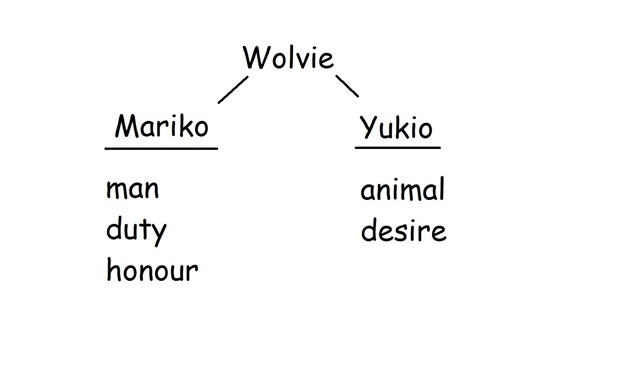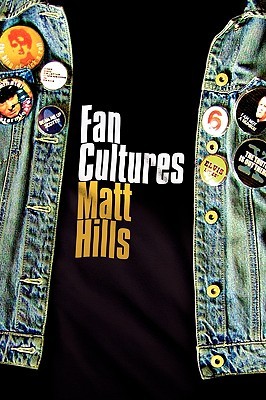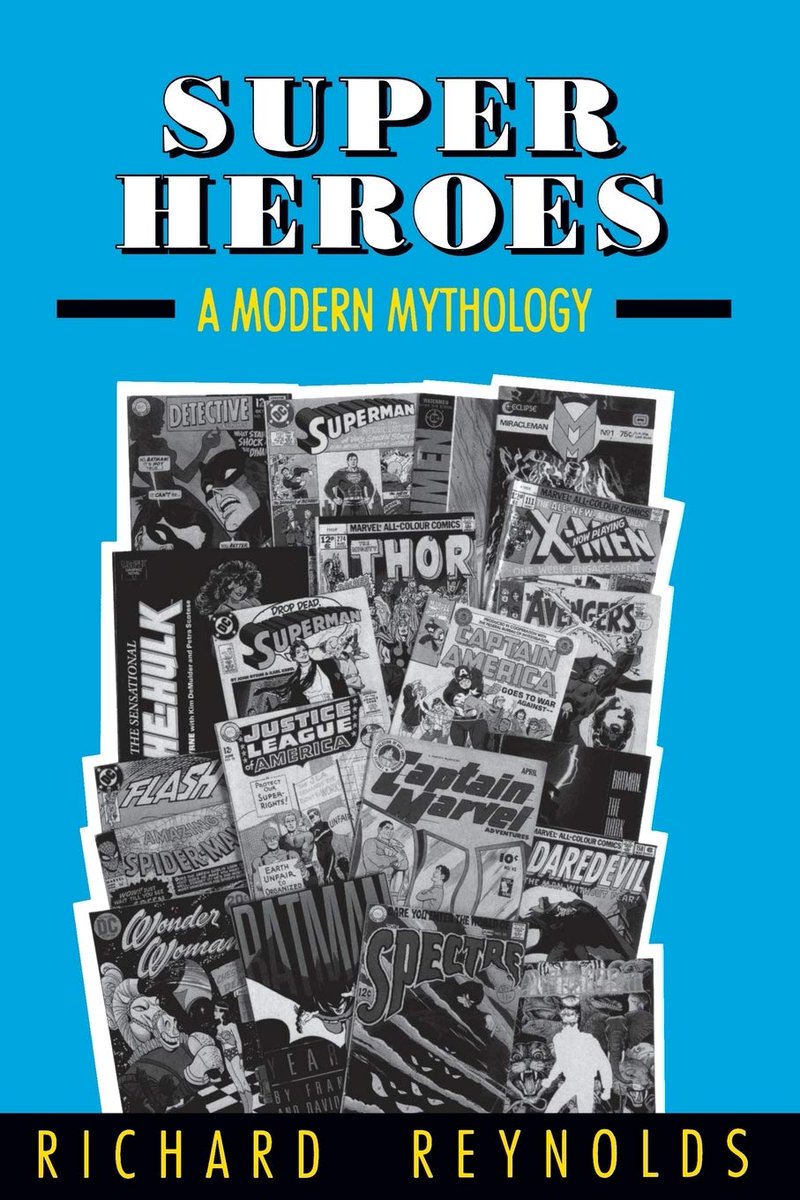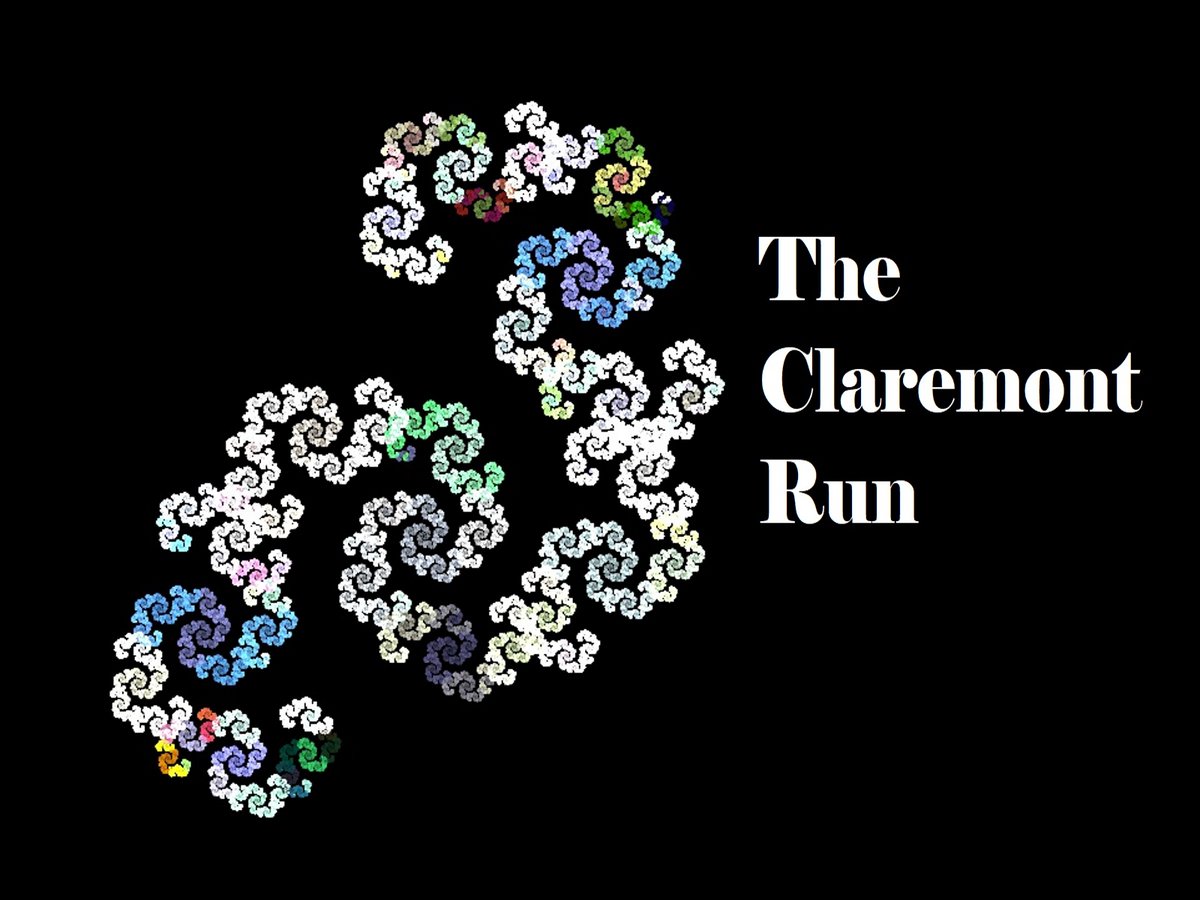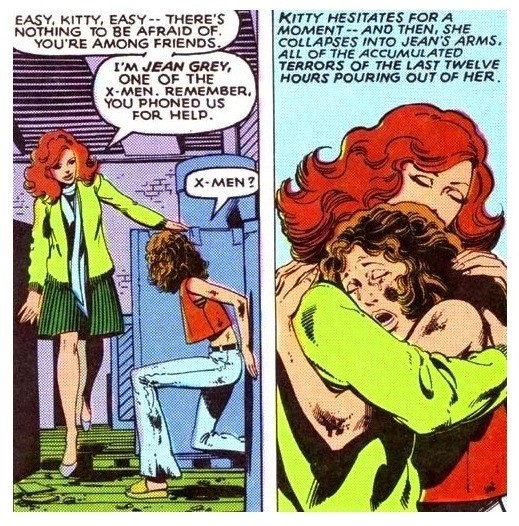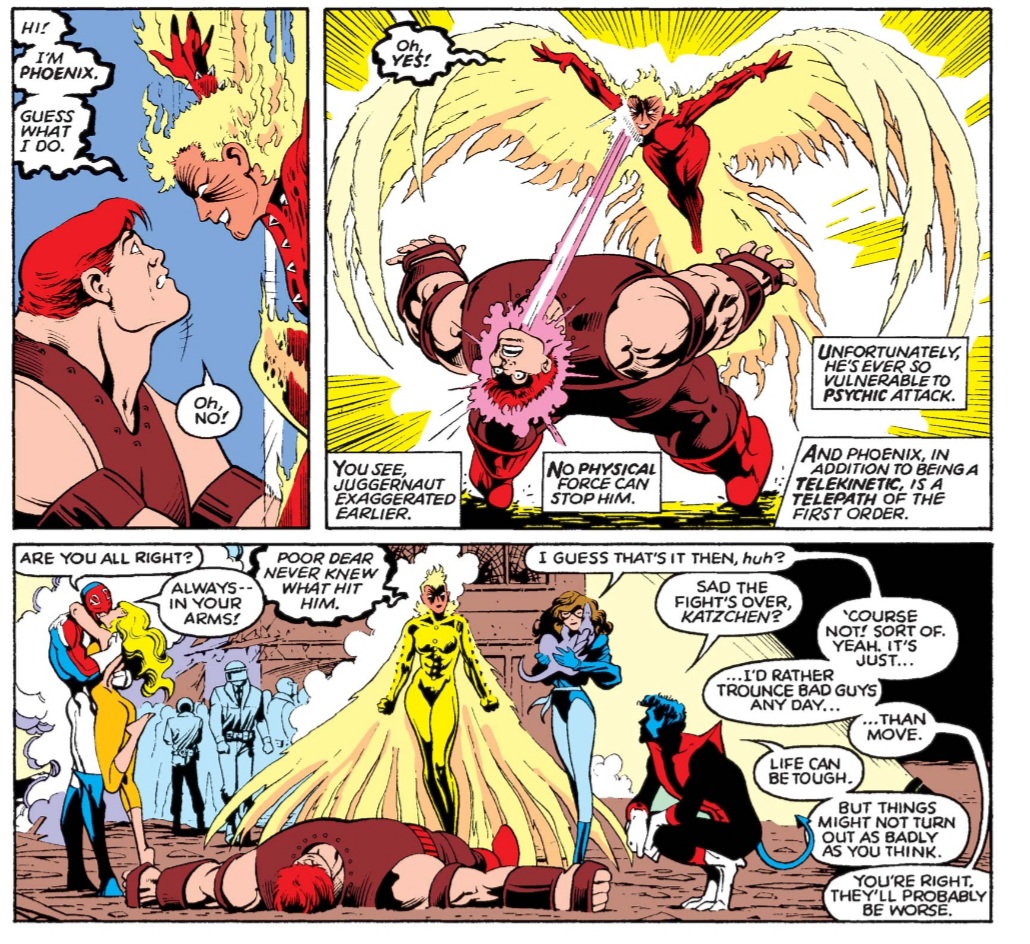
In “The Tao of Women in the X-Men World,” scholar Carol Cooper draws in psychosexual theory to help explore the infamous sexual subtext of Claremont’s writings, with particular emphasis on the concept of sublimation. #xmen 1/9 

Sublimation refers to the conscious or unconscious channelling of socially unacceptable urges into condoned expressions of those urges. Common examples of sexual sublimation might include singing, zealotry, sport, and dancing (“the vertical expression of a horizontal desire”) 2/9 

Obviously, we can’t generalize this and say that all these things are always sexual. These are multi-faceted experiences that mean different things to different people, but for a lot of people, there might be a sexual component to them, even just as rechannelled energies. 3/9 
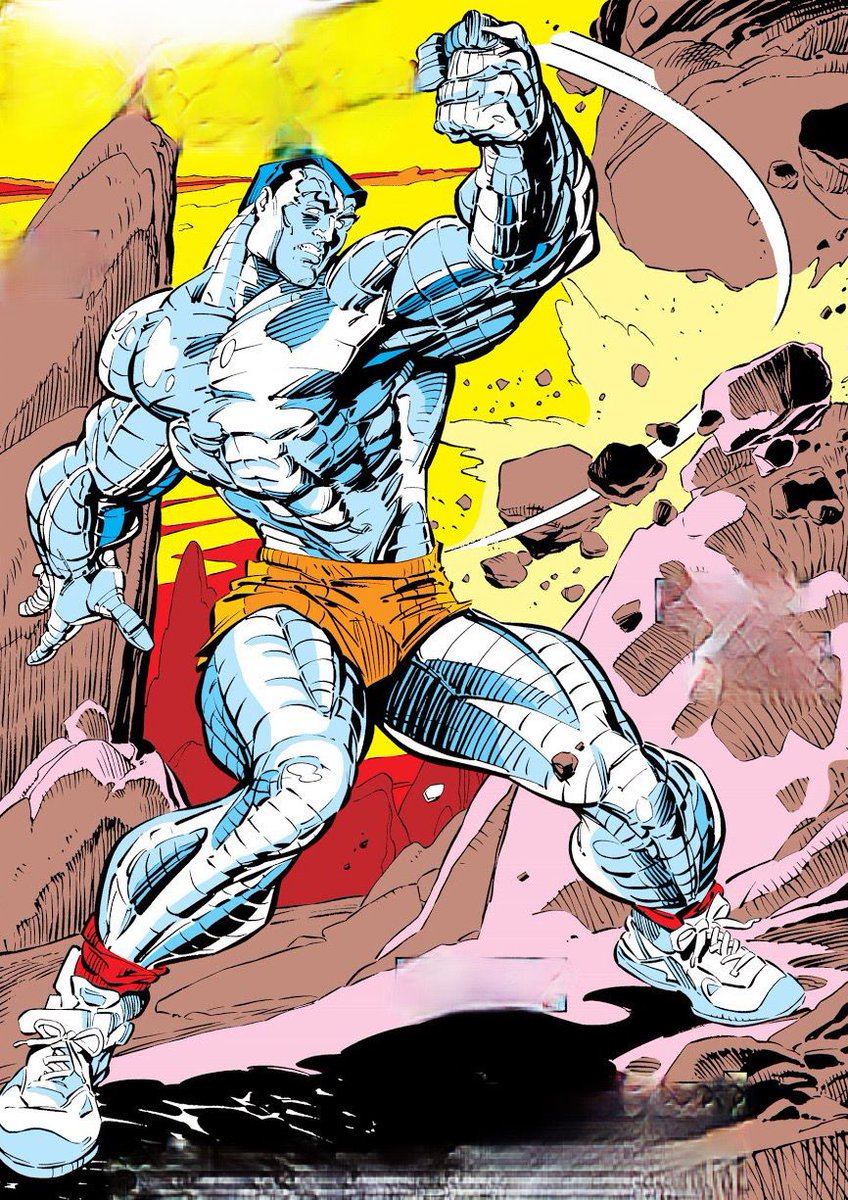
“With both secondary sex characteristics and mutant powers being triggered by adolescence, the new X-Men books [Claremont’s] contained built-in narrative reasons to examine how uncontrollable sexual urges and uncontrollable deployment of mutant powers might be linked.” 4/9 

“Learning to control new, shifting or suddenly erratic powers could easily be associated with repressing, sublimating or transferring sexual desire.” 5/9 

Cooper also suggests that the emotional intensity of C’s writing contributes even further: “The known psychosexual connection between strong emotions and erratic reactions allows the behavior of superheroes under pressure to be rendered more recognizably human.” 6/9 

Scholar Scott Bukatman takes a similar approach, arguing that “erotic energies are sublimated into (other) bodily traumas, emissions and flows” including Cyclops’ powers, which he reads as a metaphor for adolescent ejaculation and the anxiety/lack of control surrounding it. 7/9 

Cooper focuses more on how X-women particularly create metaphors for the ways in which women in society “sometimes sublimate sexuality to achieve power, sublimate power to achieve sexuality or integrate both into something genuinely transcendent.” 8/9 

This leads her to some involved readings of iconic stories like Lifedeath and The Dark Phoenix Saga to analyze how sublimation might inform the subtext of these (and, by extension, most/all) X-Men narratives. If you’re into Psych, it’s a fascinating read. 9/9 

For reference, you can find Cooper's book in this anthology (edited by Len Wein). Not all the essays in it are great, but Cooper's definitely stands out. goodreads.com/book/show/7076…
• • •
Missing some Tweet in this thread? You can try to
force a refresh







